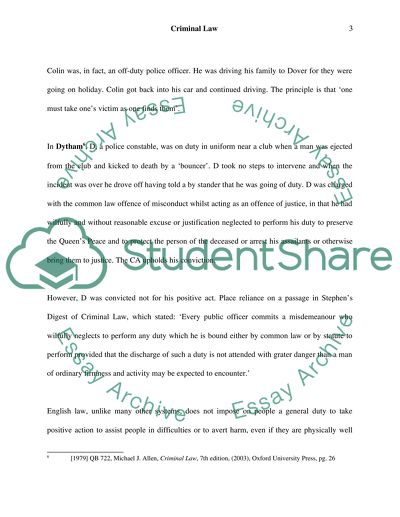Cite this document
(“Ciminal law 1 Case Study Example | Topics and Well Written Essays - 2250 words”, n.d.)
Ciminal law 1 Case Study Example | Topics and Well Written Essays - 2250 words. Retrieved from https://studentshare.org/law/1509798-ciminal-law-1
Ciminal law 1 Case Study Example | Topics and Well Written Essays - 2250 words. Retrieved from https://studentshare.org/law/1509798-ciminal-law-1
(Ciminal Law 1 Case Study Example | Topics and Well Written Essays - 2250 Words)
Ciminal Law 1 Case Study Example | Topics and Well Written Essays - 2250 Words. https://studentshare.org/law/1509798-ciminal-law-1.
Ciminal Law 1 Case Study Example | Topics and Well Written Essays - 2250 Words. https://studentshare.org/law/1509798-ciminal-law-1.
“Ciminal Law 1 Case Study Example | Topics and Well Written Essays - 2250 Words”, n.d. https://studentshare.org/law/1509798-ciminal-law-1.


